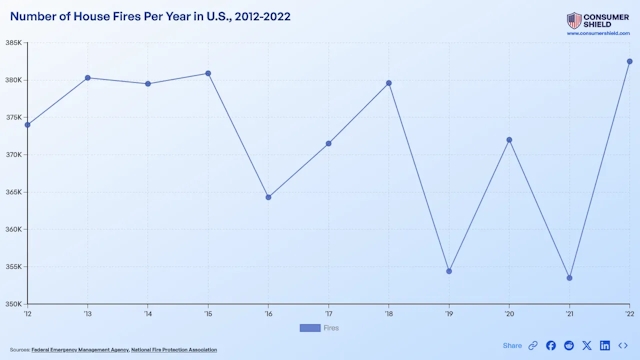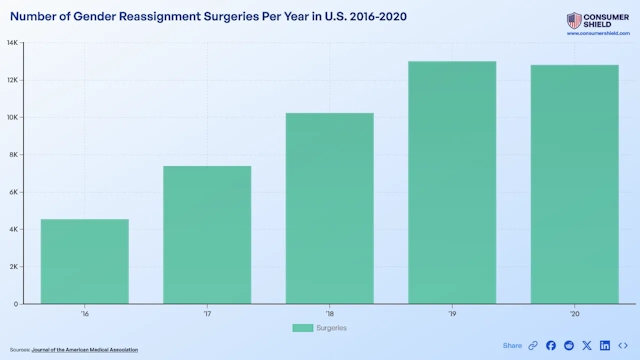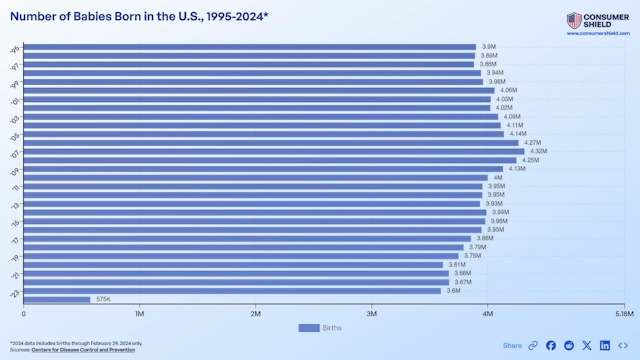Increase in Car Ownership: Average Cars per Household
In 1969, the average American household had about 1.16 cars. At this time, the economy was growing and suburbs were expanding, which increased the demand for cars. By 1977, the average rose to 1.59 cars per household due to a strong post-war economy and continued growth of the suburbs, making it more popular to own more than one car.
Technological Advancements and Rising Accessibility
The 1980s and 1990s continued to see a rise in average cars per household. By 1983, the average was 1.68, and this number slightly increased to 1.77 by 1990 and 1.78 by 1995. These years were marked by significant advances in car technology and manufacturing, making cars more affordable and attractive to own.
Peak and Dip of How Many Cars per Household in the New Millennium
The turn of the millennium marked the peak of car ownership growth. In 2001, the average number of cars per household reached 1.89, driven by continued economic prosperity and the increasing availability of auto financing options. However, this peak was followed by a slight decrease in 2009, with the average falling to 1.86. This dip can be attributed to the global financial crisis of 2008, which caused economic downturns and reduced consumer spending on vehicles.






